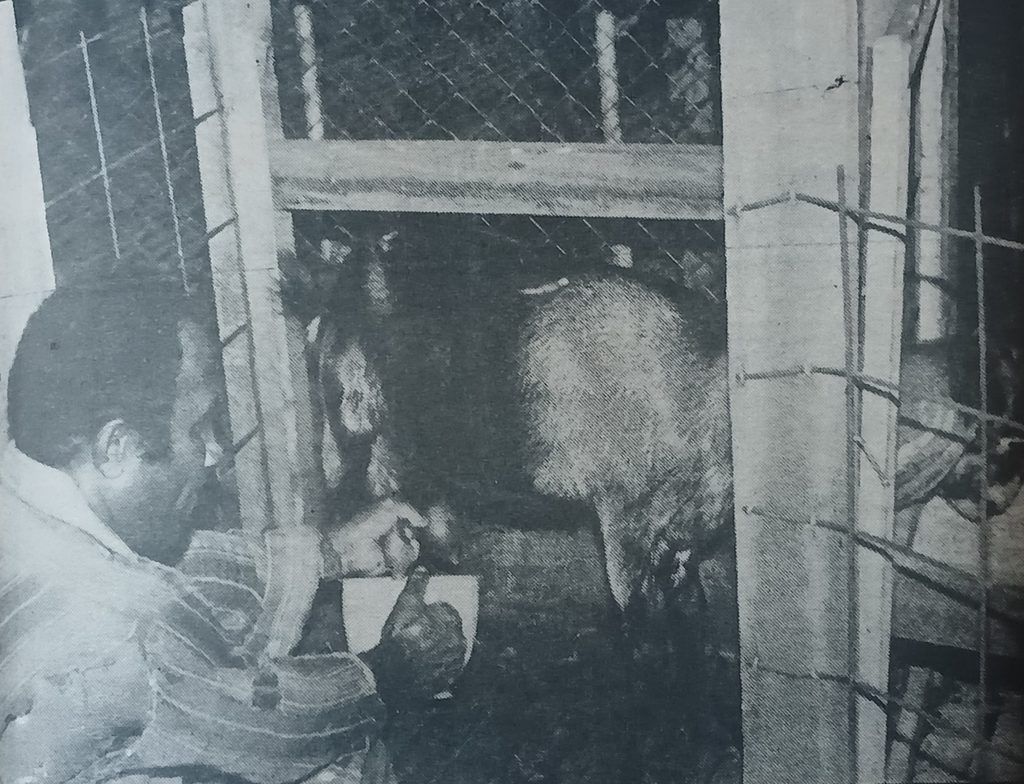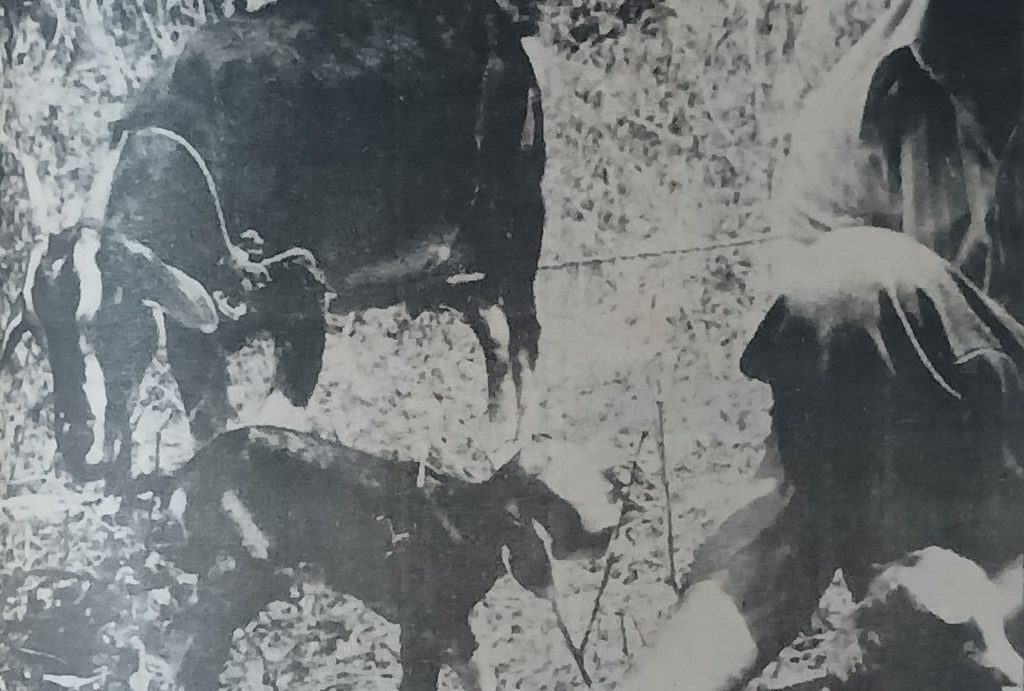Naduri Goat Farm, located a few kilometres from the Sigatoka Research Station in Nadroga, was producing goat milk commercially.
This was in an article published by The Fiji Times on February 15, 1995.
The man behind the venture was Marika Bavia, a research officer with the goat section at the research station.
Mr Bavia began his venture on his return from a two-week trip to the US, where he visited similar projects.
Although he was impressed with what he saw, he said he still had doubts about the viability of such a project in Fiji.
He decided, however, to run a trial at Sigatoka on seven goats.
According to Mr Bavia, the kids were weaned in September and the goats had stopped producing milk when he left for the US.
“I fed the goats with breadfruit leaves, mango leaves, and corn leaves mixed with supplementary feed,” Mr Bavia said.
“Two weeks later, I found that the goats’ udders had started to fill with milk again.”
“Encouraged by this result, we decided to step up our efforts to improve production.
“We started milking the goats and consuming the milk.
“We also built a milking shed and a feed shed on our three-and-one-half-acre farm. At present, we can only milk two at a time.”
Although the goats were milked from October the previous year, he said the animals were still giving milk as if they had just “kidded”.
“They are producing between two to four pints of milk per goat per day.”
To prove they were serious about the venture, he said they registered their dairy shed with the Ministry of Primary Industries to become the only registered goat dairy farm in Fiji.
Mr Bavia said selling milk was providing the farm with extra income.
“This is the money that all the other goat farmers in the country are missing out on. Goat farms in Fiji were set up only for the purpose of producing meat.
“In our case, we are getting milk for our own consumption and money for our association.”
He said he could not find any reason why other goat farmers could not follow their example.
“Goats are very easy to handle. When they are tame and used to being milked, there is no need to tie their legs down. All they need is food to keep them quiet.”
He said there was a demand for goat milk in the Sigatoka Valley, but due to the small number of goats being milked, they were restricting their supply to farm members only.
Goat milk, Mr Bavia said, was an ideal food for the entire family and although some people may not agree with him, he believed goat milk tasted better than cow milk.
Marika Bavia, chairman of Naduri Goat Farm in the Sigatoka Valley is seen milking one of seven goats in the trial to determine the amount of milk a goat can produce. Picture: FILE



